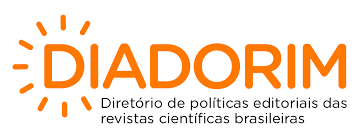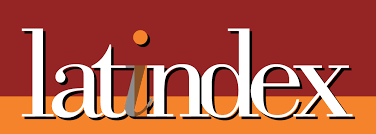Antiemetics in hematopoietic cell transplantation:
an overview of randomized trials
DOI:
https://doi.org/10.46765/2675-374X.2023v4n2p187Keywords:
Antiemetics, Hematopoietic cell transplnatation, High-dose chemotherapy, Total body irradiationAbstract
Antiemetics play a key role in hematopoietic cell transplantation (HCT). High-dose chemotherapy and total body irradiation (TBI) have a high emetogenic potential, and vomiting and nausea during conditioning regimen and thereafter impair oral intake, which can lead to weight loss, hyperglycemia due to parenteral nutrition, infectious disease, and increased transplant-related mortality. We searched for randomized trials on antiemetics in HCT. Triplet prophylaxis with a 5-HT antagonist, an NK-1 antagonist, and dexamethasone is a common practice in hematopoietic cell transplantation. Prophylaxis is usually given during the conditioning regimen and sometimes up to a few days later. NK-1 antagonist usage is supported by randomized trials. Olanzapine reduces nauseas, based on a randomized trial. Although recommended by the ASCO guideline, the use of dexamethasone should be considered controversial given the higher incidence of adverse events with this medication in a randomized study and given a possible higher risk of infections, and therefore dexamethasone should be used with caution as an antiemetic in hematopoietic cell transplantation. Metoclopramide, diphenhydramine, and lorazepam are other drugs that also have antiemetic activity, have been used in HCT, and can be used in selected cases.
Downloads
Published
How to Cite
Issue
Section
License
Copyright (c) 2022 JOURNAL OF BONE MARROW TRANSPLANTATION AND CELLULAR THERAPY

This work is licensed under a Creative Commons Attribution-NonCommercial-ShareAlike 4.0 International License.









